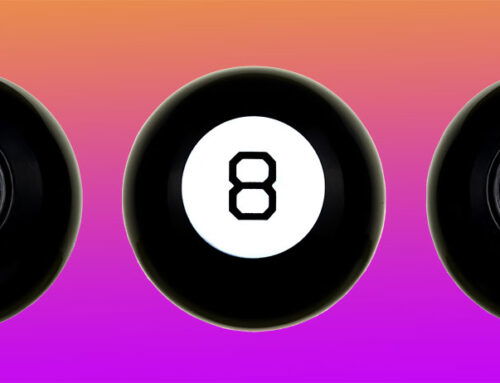In a blog last April Defining Flaws, I considered flaws, or imperfections, a characteristic of creativity. I wrote, “…the flaws in design, and characters, and execution may be the most important contributions you make, whether intended or not…Creativity is a mercurial beast, filled with flaws that turn demons into angels, sometimes, if you’re lucky.”
The concept of imperfection depends on the man-made idea of perfect, despite that perfect is impossible to attain and meaningless, and at times even an obstacle to progress. As others, I have often resisted to consider a science project or story or essay, finished because it has not yet met an arbitrary, ill-defined notion of perfect. Considering work unfinished has a positive connotation – it implies a possibility of perfection. But how much more should be done, and when to end and move on?

The Leaning Tower of Pisa is beautiful in its imperfection. (Courtesy of Wikimedia Commons)
I don’t mean that improvement or polish or shouldn’t be sought: the work can always be more innovative or more skillfully done. Nor am I suggesting undisciplined or lazy, critical judgment. It’s that I doubt any creation can faithfully express the emotion and passion felt by the creator during the process of creation. The product cannot be perfect from the author’s viewpoint, because the work is not a clone of his or her mind. As Reiner Stach describes in Kafka: The Early Years, Franz Kafka always spoke “of the act of writing as the truly precious element, but not of the resulting works, which always conveyed no more than a hazy image of the flash of creation (even though the author was sometimes the only one to pick up on this haze).”
A creative product is a separate entity – with strengths and flaws – a child of the producer. Striving for improvement is, in a sense, parenting the child towards maturity. But perfection is a creative illusion.
Paradoxically, the concept of “imperfection” is more useful. If two shades of blue don’t match in a painting, the artist can add or detract pigment; if the protagonist acts inconsistently with his or her character in a novel, the writer can modify the behavior or events; if an experiment lacks an essential control, the scientist can add a control. Imperfections can and should be remedied, and they have the benefit of crystallizing focus for improving the product.
Imperfections can also be a powerful attraction, surprisingly so. It is a cliché, not without truth, that we are loved for our imperfections – in looks, in behavior – since those imperfections identify us. They also point to our vulnerabilities, and it takes a hard-hearted person not to empathize. We are all human, consequently we are all vulnerable, all imperfect. That’s no illusion. Imagine the irony of being positively identified by and appreciated for our imperfections!
Think of the person with no flaws, always prompt, never impolite or angry, no noticeable imperfections, just too “perfect!” Somewhat boring, no?
Imperfections rivet our attention. A singl typographical error will immediately catch our eye (as no doubt that one did yours). A pimple on an otherwise flawless complexion, or a bandage on our wrist, or a slight stutter in our speech doesn’t go unnoticed. When commenting on a movie or a book, we are quick to point out weaknesses, and once noticed, they often dominate our impressions.
Perfection is a creative illusion. Imperfections can be a powerful attraction. We are all imperfect. That’s no illusion.
I have often kidded that I have a “sliding bar” in evaluating movies, but I don’t mean it completely as a joke. Although recognizing imperfections, which are invariably present, I appreciate what is imaginative and attempted, even if imperfect. Only what has not been attempted lacks imperfections.
From my memoir that describes establishing my laboratory at the National Institutes of Health many years ago:
I sought the advice of J. Edward Rall, the Deputy Scientific Director of NIH, who had a broad view of science.
“Do it,” said Rall. “The NEI needs a laboratory on molecular biology. It’s clearly the road to the future.”
He assured me that the NEI Director, Carl Kupfer, would be supportive. He also gave me a peculiar warning.
“Just remember one thing, Joram,” he said at the end of our discussion. “Not everything works.”
That was it. No explanation, no examples from his own experiences.
“Expect failures. What works is what counts.”
My “sliding bar” seeks what works.
Thus, I keep in mind, perhaps for self-protection, that perfection is an illusion, and that imperfection is not only an occupational hazard, but has benefits. I only wish I could gloss over the imperfections of my own work with the “sliding bar” as easily as I can for the work of others!






Leave A Comment